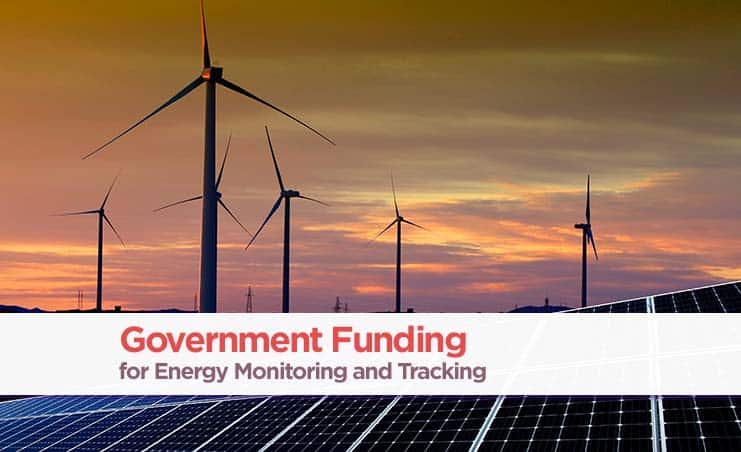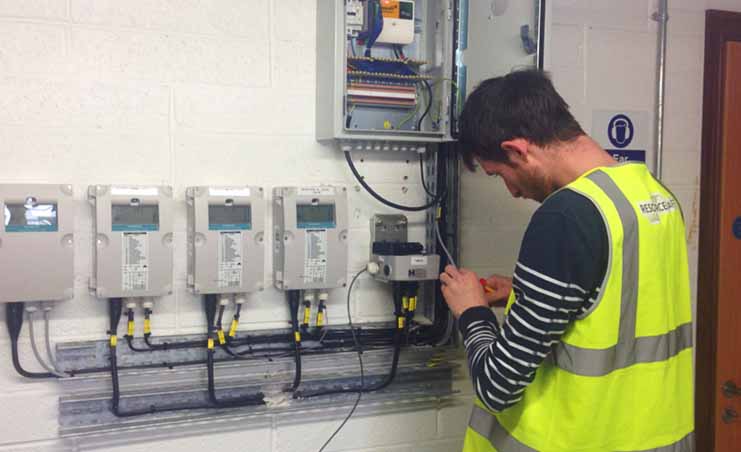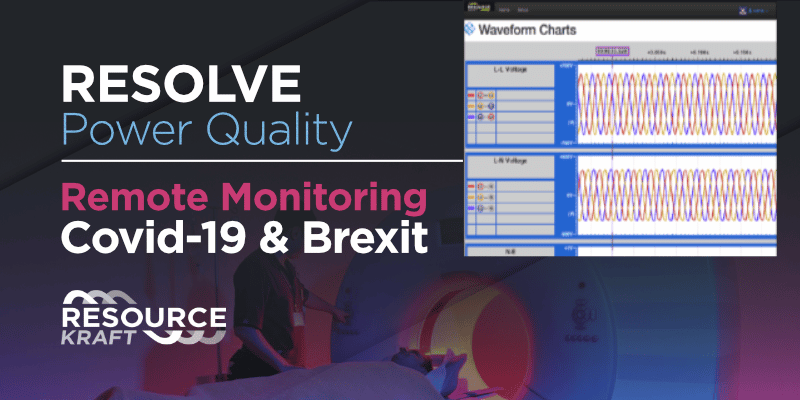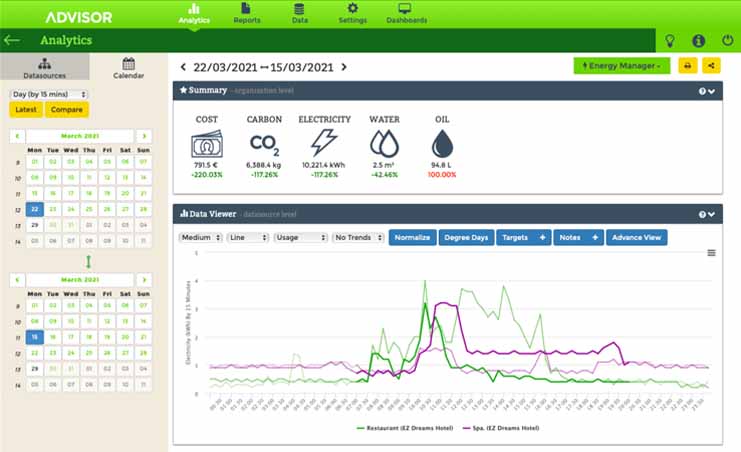Following on from our feature on data acquisition technologies for water meters, in this episode I will discuss water meter selection and water surveying.
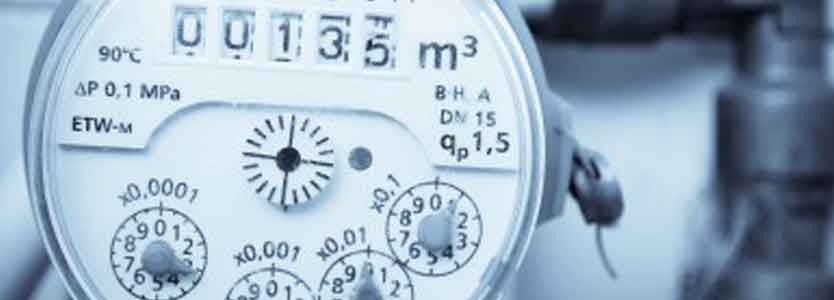
There are many different types of water metering technologies available as discussed in “Part 1” of this series. However, the jet (impeller) type meter is the most common type utilised for energy sub-metering applications up to a pipe diameter of 2”, and then usually turbine type for pipe sizes greater than 2”. You will often find ultrasonic or magnetic flow meters used at a utility level. We will focus on the sub-metering solutions for the purpose of this article.
The following parameters should be considered when carrying out a survey of water meter selection:
• Expected Process Flow Rate (M3/Hr)
• Expected Operating Pressure
• Process Temperate (Hot or Cold Service)
• Required Turndown Ratio
• Accuracy and Resolution Required (Meter Class)
• Required Standards (MID)
• Required Outputs, and
• Local Displays
The size of the Water Meter
Water meters should be sized based on their nominal flow rate. This is called the Qn and is given in cubic meters per hour (one cubic meter is 1,000 litres of water). Generally, the water meters’ maximum flow rate is twice the Qn. If the required flow rate is known, then a water meter can be selected so that the required flow rate falls between the nominal and maximum flow rates. If the flow rate is not known, then it is generally safe to select a meter of the same nominal size (DN) as the pipework is to be connected too. Also where there are large swings in flow rates in the process, a Bypass Water Meter (as shown below in Figure 1 – Bypass Water Meter) can be fitted. This meter has two dials/outputs, one that is used for low flow rates and one that registers high flow rates.
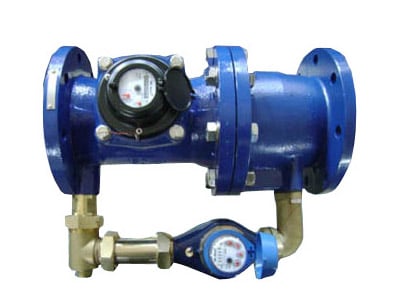
Figure 1 – Bypass Water Meter
Under Pressure
The Maximum Operating Pressure is the maximum safe pressure the meter can continuously operate at. This is often described in the specification as DN, PN or ANSI and quoted in PSI or Bar. It is extremely important for safety that a meter is not installed in a system with higher than rated operating pressure.
Hot or Cold Service
Broadly, water meters fall into two main categories (Hot <90°C and Cold <30°C) depending on the service conditions they are operating in. To ensure correct operation and safety, always use a suitably specified meter for the process. In processes with temperature >90°C, metering solutions like turbine or magnetic flow may be necessary.
How low can you go?
Water meters are often described with their maximum flow capacity and a Turndown Ratio for the given meter, usually expressed as 10:1 or similar. This figure for the Turndown ratio is defined as the ratio of the maximum capacity to the minimum capacity, so a meter with a maximum capacity of 1m3/hr with a turndown ratio of say 10:1 can measure a flow with confidence of 0.1m3/hr.
Classy Meter
The class does not indicate the accuracy of the water meter per say but at what flow rates the meter maintains its accuracy figures. Usually, these are ± 5% at the meter’s minimum flow rate and ± 2% in the meter’s normal range for cold water meters. The figures for hot water meters are ± 6% and ± 3% respectively. The higher the class of water meter the higher the accuracy at very low flow rates. Water meters generally fall into Class A, B, C or D, the higher the letter the better the class of meter it is. For the most part Class A or B are sufficient for sub-metering solutions.
Required Standards (MID)
Water meters are generally certified to ISO 4064 or similar and have well defined standards in relation to accuracy (Class) and other specifications. Water meters can also be approved to MID (Measuring Instruments Directive), meters with MID approvals are often used for billing purposes.
Outputs
A variety of outputs are available from your water meter to suit the needs of your data acquisition systems. These range from a local dial that is read periodically, to meters with communication buses (e.g. M-Bus) that can provide metering data updates every few seconds. By far the most common output requited is the pulse output. The pulse outputs generally provide a volt-free contact that is pulsed (switched) each time a known volume passes through the meter (common outputs are 100L/Pulse or 1m3/pulse).
Displays
Both single-jet and multi-jet water meters are suitable for sub metering applications. Single-jet water meters are a low cost option, where there is a direct impact to the impeller from the flow of water. Multi-jet water meters have several points at which the water rotates the impeller. This gives the meter a much longer service life and retains meter accuracy as the load is evenly placed across the impeller.
Multi-jet water meters are generally very accurate at low flow rates. They tend not to be used for larger diameter pipes, since they don’t have the straight-through flow path needed for the high flow rates found in large pipe diameters. Multi-jet meters usually have an internal strainer element that protects the jet ports from getting clogged due to debris in the process.
What is the difference between single jet and multi jet?
Both single-jet and multi-jet water meters are suitable for sub metering applications. Single jet water meters are a low cost option where there is a direct impact to the impeller from the flow of water. Multi jet water meters have several points at which the water rotates the impeller. This gives the meter a much longer service life and retains meter accuracy as the load is evenly placed across the impeller.
Multi-jet water meters are generally very accurate at low flow rates. They tend not to be used for larger diameter pipes, since they don’t have the straight-through flow path needed for the high flow rates found in large pipe diameters. Multi-jet meters usually have an internal strainer element that protects the jet ports from getting clogged due to debris in the process.
Thanks for taking the time to read this article. You are hopefully in a better position to select the correct meter for your application.
